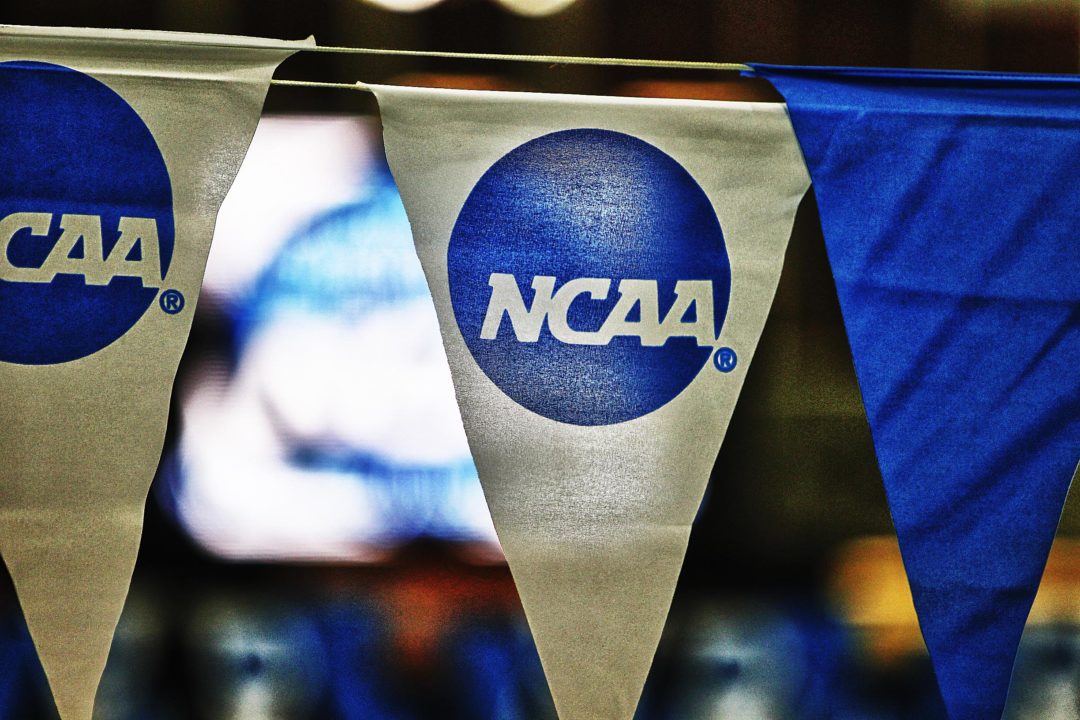On Friday, the NCAA released a detailed 36-page question-and-answer guide outlining how the House v. NCAA settlement will be implemented across Division I college athletics. While this document doesn’t introduce much new information, it provides some clarifications and added detail on how schools must navigate athlete compensation, institutional benefit caps, and recruitment processes under the new legal framework.
Analysts, including Yahoo Sports’ Ross Dellenger, have pointed out notable sections that help explain how the system is expected to function in practice.
Key highlights from the NCAA’s House rev-share Q&A released today, even though many of these are not necessarily new. pic.twitter.com/MoBv3wamoo
— Ross Dellenger (@RossDellenger) June 13, 2025
Firstly, recruiting regulations have been clarified: beginning August 1 of a high school athlete’s senior year, collegiate institutions are now authorized to extend written offers that may encompass NIL agreements or additional benefits. Nonetheless, such offers cannot be formally executed until the official NCAA signing periods, as outlined in the current bylaws.
The Q&A also further establishes a link between academic eligibility and the receipt of compensation, stipulating that student-athletes who fail to meet progress-toward-degree requirements will immediately forfeit their eligibility to receive any payments or benefits. This ineligibility is determined by the institution’s designated certifying authority and takes effect upon confirmation.
Another section addresses financial implications of transfers. If a receiving institution pays a buyout—for example, $100,000—to the original institution for a transferring athlete, that amount counts against the receiving institution’s benefits cap for that year. The original institution cannot increase its own cap by the amount received.
Roster regulations were also addressed: if a student-athlete sustains a medically documented, season-ending injury after the official roster submission deadline, they may not be replaced on that season’s roster. However, beginning the following academic year, the injured athlete may qualify for an exemption from the team’s roster limit. The athlete may continue to receive benefits but cannot participate in any athletically related activities.
Additionally, the guide clears up that publicly traded corporations will be considered associated entities if they primarily promote or support a particular institution’s athletics program or student-athletes, or create NIL opportunities exclusively for that institution’s athletes.
The NCAA also outlined the exact implications for institutions that choose not to opt in to the settlement. For those schools, all existing Division I rules remain in effect unless specifically changed, except for institutional financial aid limits, which will be eliminated as part of the settlement. However, if an institution or conference provides athletically related financial aid exceeding the current Division I limits outlined in the 2024-25 Division I Manual, that institution becomes subject to the settlement’s terms, including roster limits.
The term “institutional financial aid limits” refers to the maximum amount of financial aid, such as scholarships and tuition waivers, that an institution could offer per team in an academic year under NCAA Division I rules before July 1, 2025. This includes aid provided directly by the institution as well as certain countable financial aid from other sources, like educational expenses from a national governing body recognized by the U.S. Olympic and Paralympic Committee or its international equivalent.
Institutions that decide not to provide additional payments or benefits outlined in the settlement are not bound by the requirements placed on Participating Institutions. However, all Division I student-athletes, regardless of their institution’s participation, must report any third-party NIL contracts or payments worth $600 or more to the NCAA’s NIL database, NIL Go.

Anyone see Gary Taylor posted on uva instagram from Saturday. What’s up with that? Is he only banned from club? Seems like uva should fire/ suspend him after those allegations
He’s not banned from anything. He’s on probation.
“Another section addresses financial implications of transfers. If a receiving institution pays a buyout—for example, $100,000—to the original institution for a transferring athlete, that amount counts against the receiving institution’s benefits cap for that year. The original institution cannot increase its own cap by the amount received.”
I’m totally confused on the transfer buyouts and whatnot. Can someone explain it in an example of one athlete transferring schools and show the implications?
“The Q&A also further establishes a direct link between academic eligibility and the receipt of compensation, stipulating that student-athletes who fail to meet progress-toward-degree requirements will immediately forfeit their eligibility to receive any payments or benefits. This ineligibility is determined by the institution’s designated certifying authority and takes effect upon confirmation.”
I’m fully expecting programs to simply cut students by declaring them academically ineligible. They do a lot to keep them eligible (ethically and unethically) so it would be pretty easy to let a substandard athlete rot on the vine of academics. Or worse yet, manipulate a professor to give a grade that would push an athlete into non compliance.
We are talking potentially millions of dollars now and… Read more »
Academic Advisors will be the new HR. They will be there to protect the greater entity rather than the individual.
I don’t necessarily disagree with your train of thoughts, cynical though it may be, but no athletic department is close to a $1 billion enterprise, let alone multi-billion dollars.
Texas would have a valuation at around 1.5 to 2 Billion at current revenue levels and that will absolutely go up from here. Ohio State, Michigan, Alabama would all warrant an investment value of over 1 billion in today’s market. And I know I’m speaking business terms but college sports is now a business.
Viewing it purely as a business keeps my cynical eye from viewing with any sort of rose colored glasses under a false assumption of student athlete protections. It’s a completely different ballgame now and some athletes are going to get hurt. Whether the system evolves to fix issues that arise will be the ultimate challenge and I don’t have faith
Not in the Q&A: “I competed 30 years ago, how do I get my $2.00 payout?”
Brett Hawke has entered the chat.